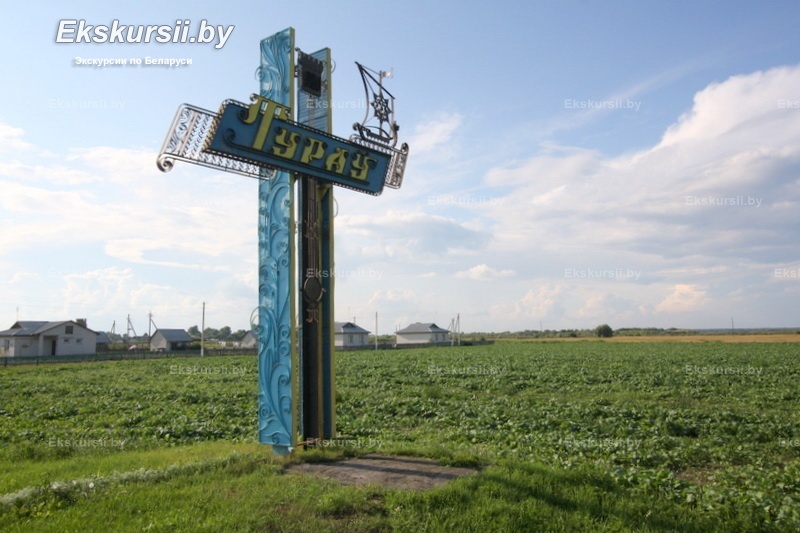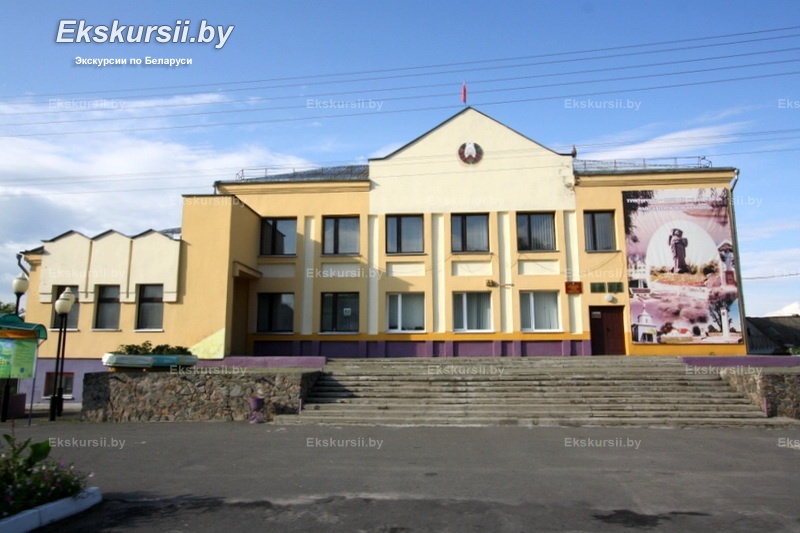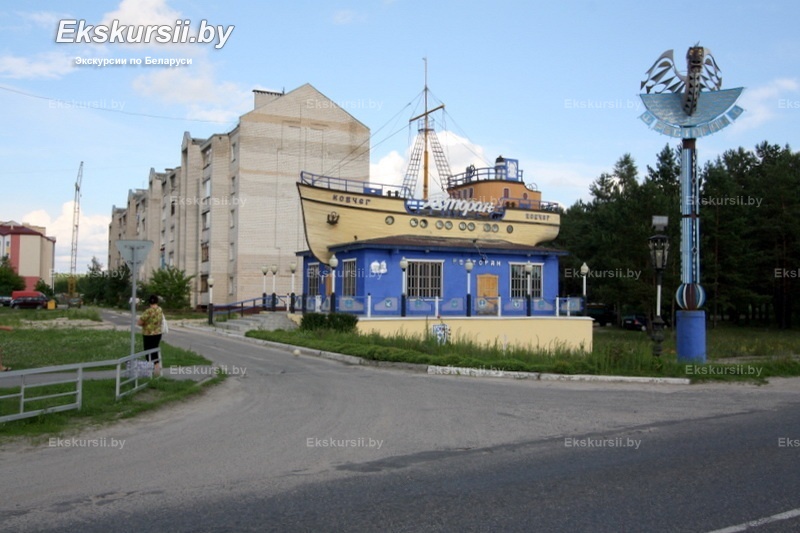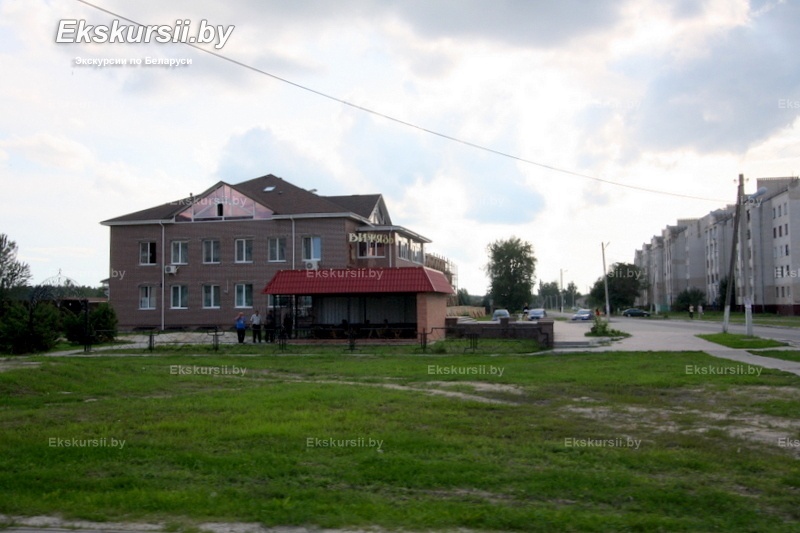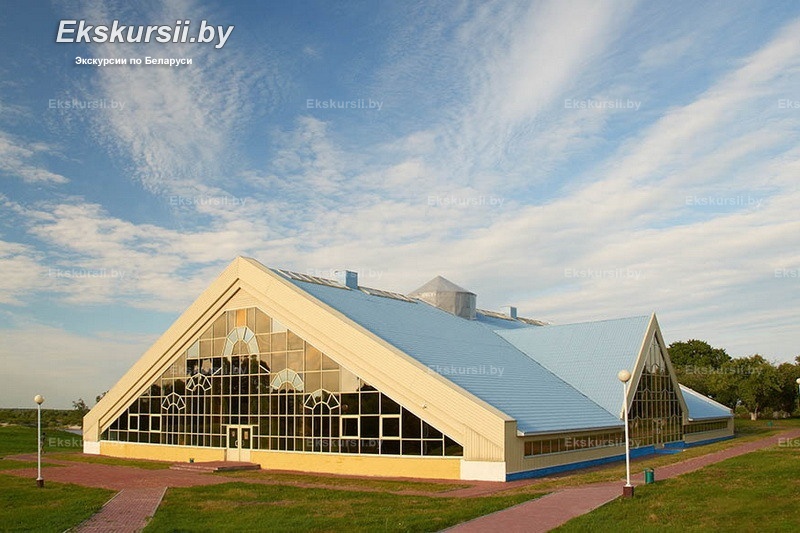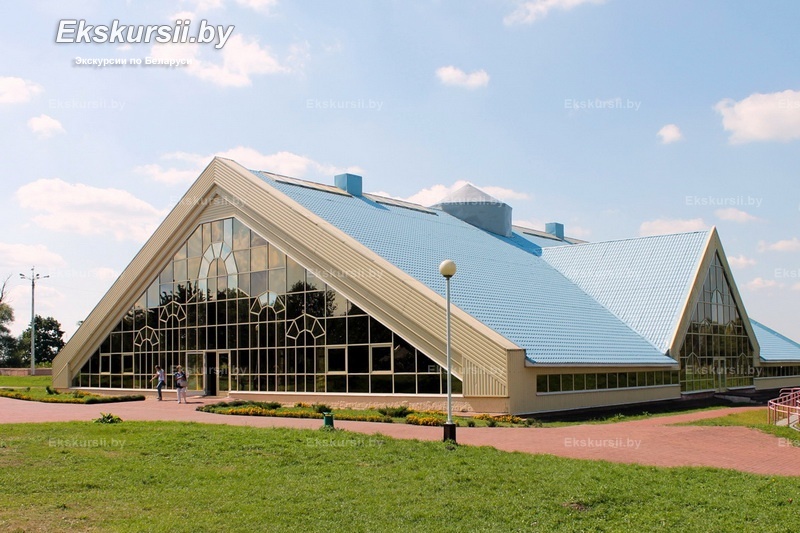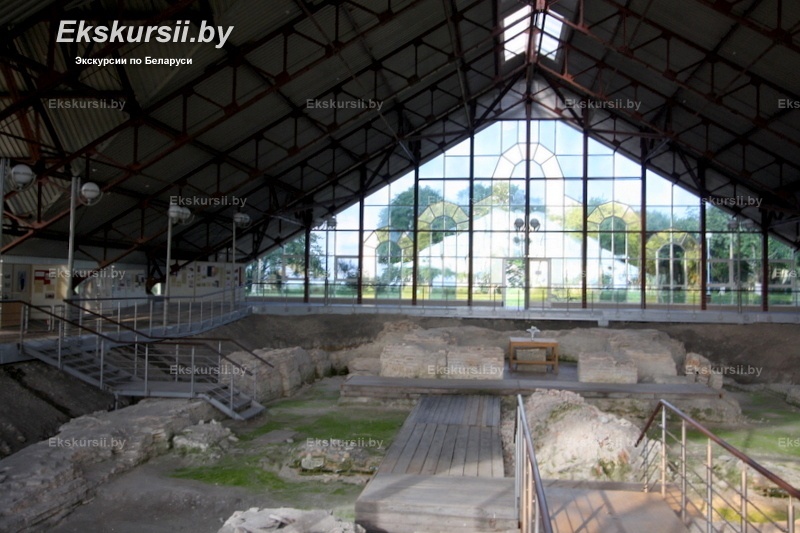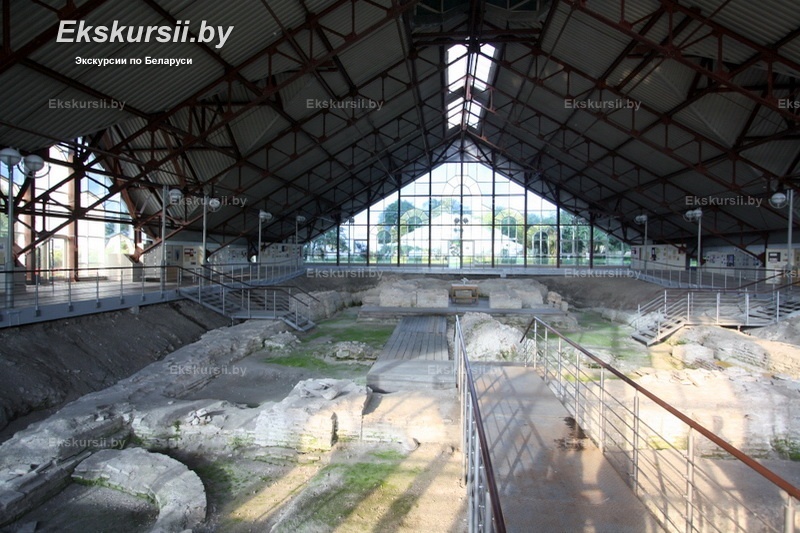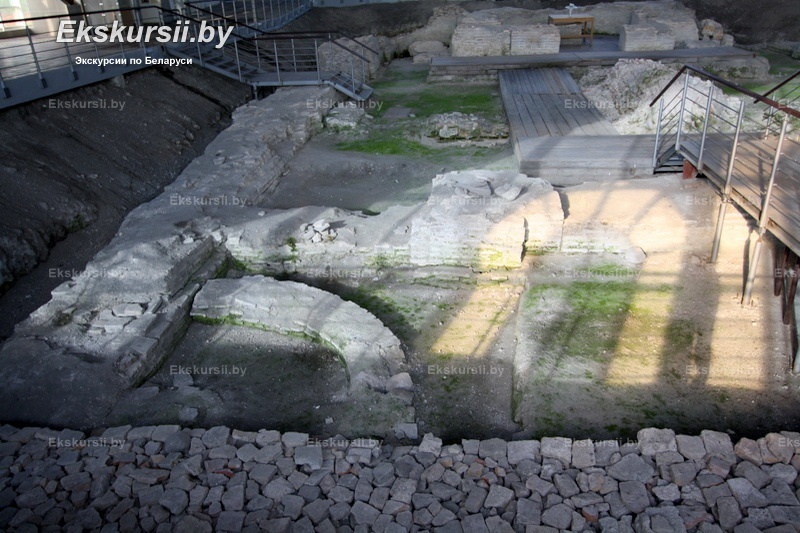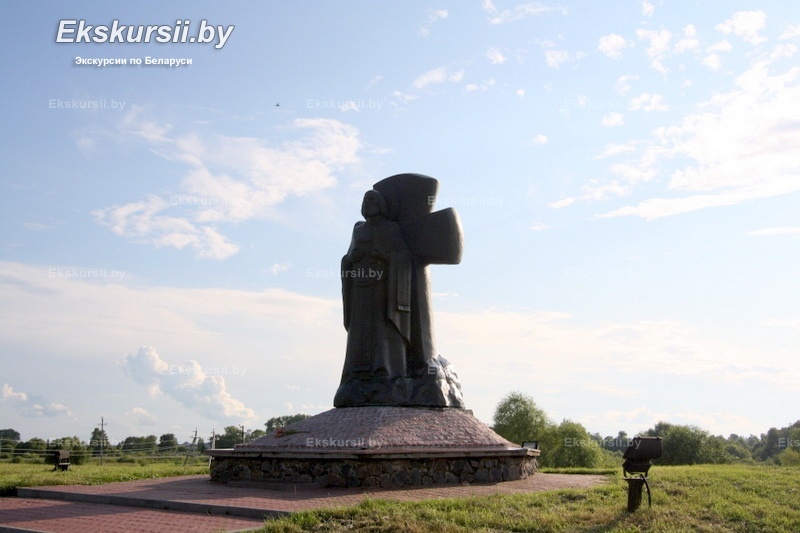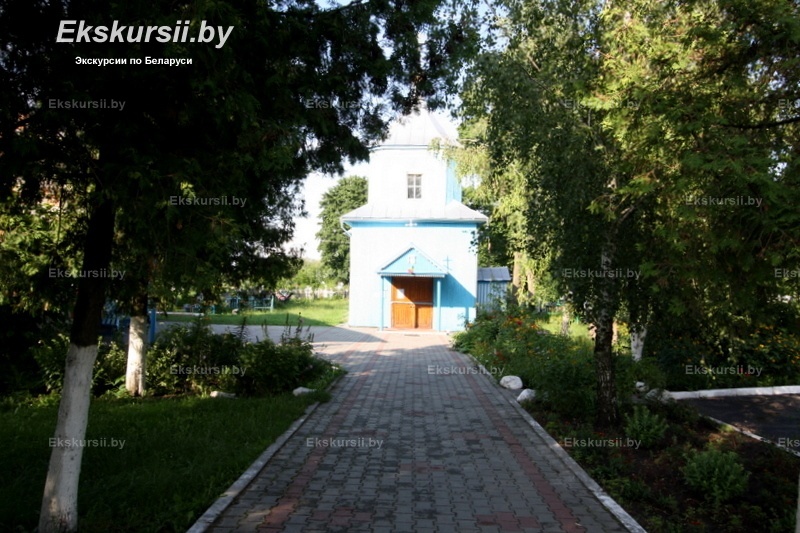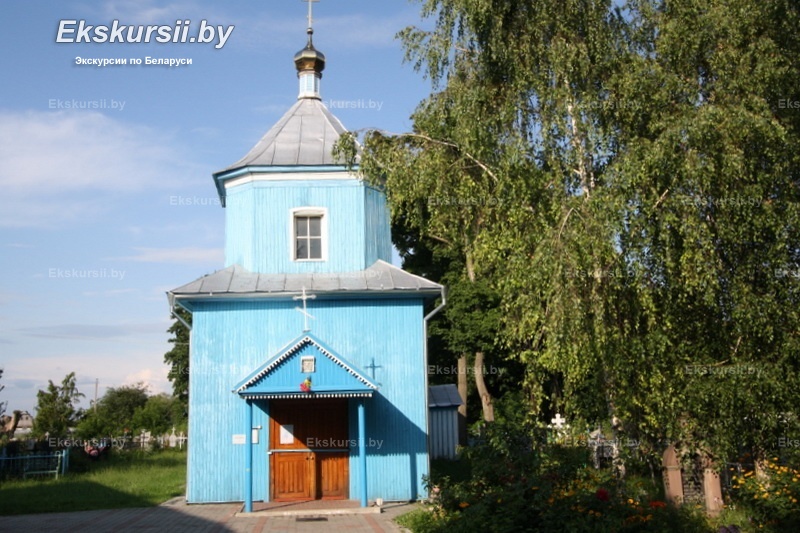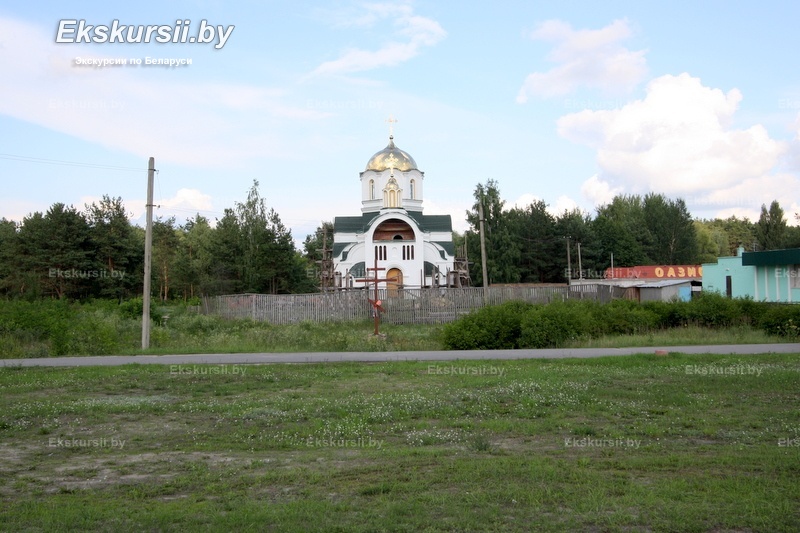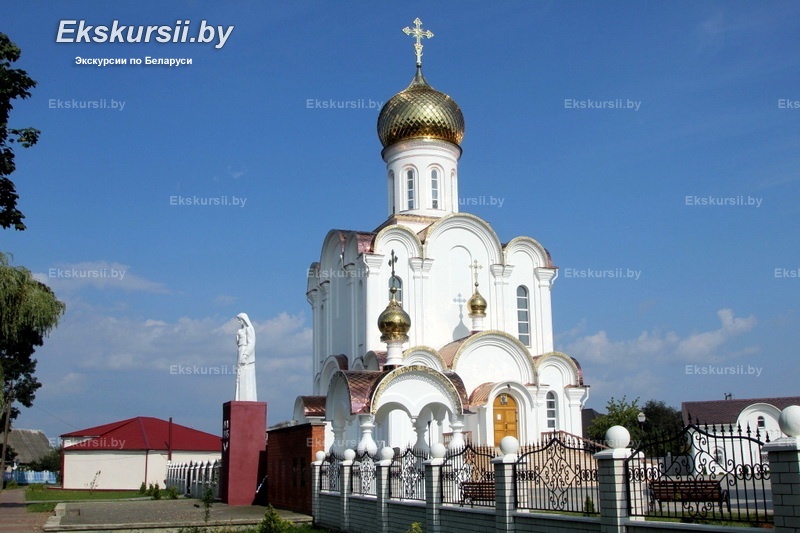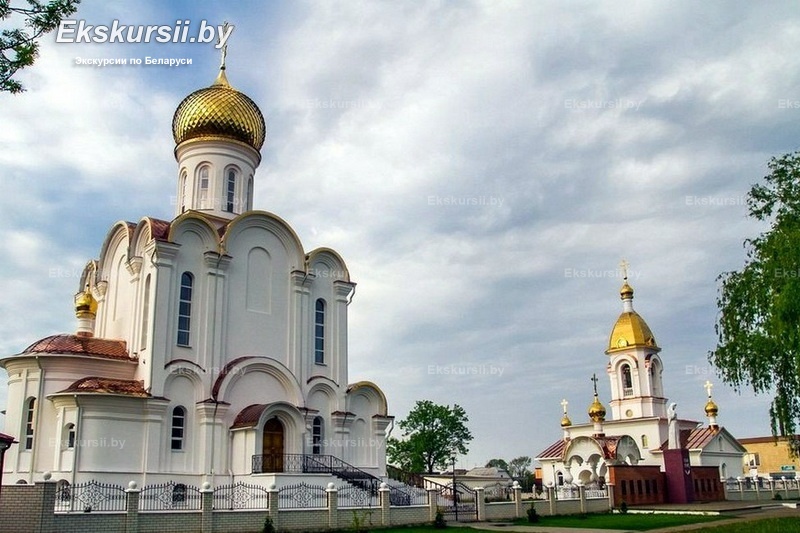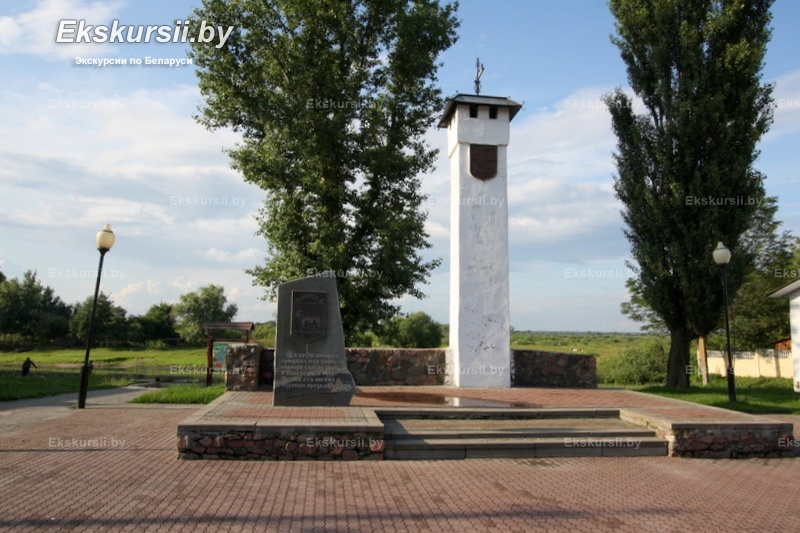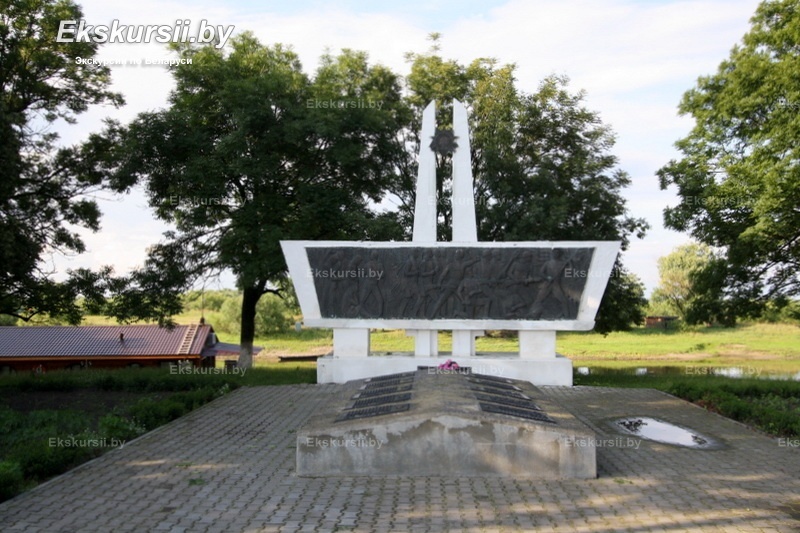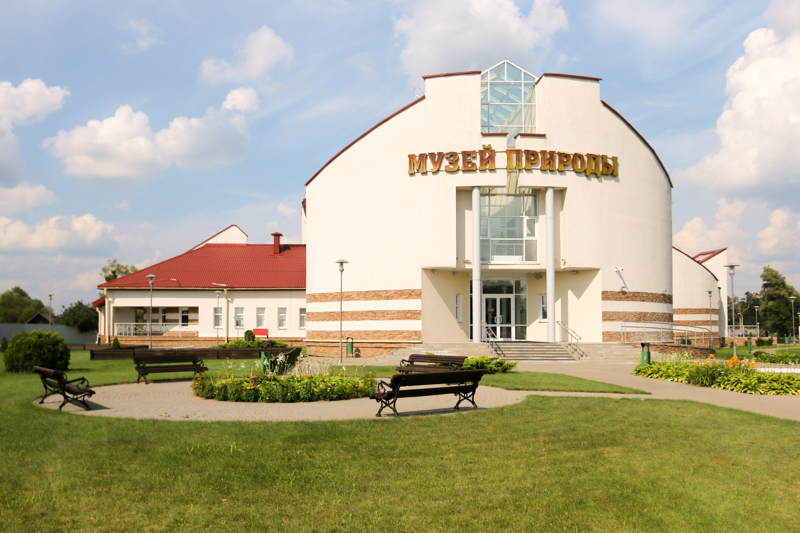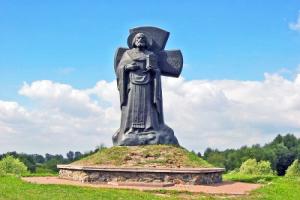History of the development
Turov was first mentioned in 980 in the «Russian Primary Chronicle». The name of the city comes from the name of the ruler of the city - Prince of Tours. The city was founded by an Eastern Slavic tribe of Dregovichi at the confluence of the Yazdy and Strumeni rivers, which are tributaries of the Pripyat. Turov was distinguished by its favorable geographical position - along Pripyat it passed a part of the trade route «from the Varangians to the Greeks».
In 1005, in Turov, Prince Svyatopolk Vladimirovich founded a temple in the Latin style. In the XI century, Turov became the center of Christianity in the Belarusian lands. Also in the city was created the famous Turov Gospel - the oldest book created in Belarus.
The Turov-Pinsk princedom was ruled by the local branch of the Kiev princely dynasty of Rurikovich and was the center of the Old Russian state. In the years 1320-1330 Turov lands became part of the Grand Duchy of Lithuania. In 1502, the city was attacked by the Tatars, after which, in 1508, the city was handed over to Hetman of Lithuania, Konstantin Ostrozhsky, who began to rebuild the city. The Ostrozhsky dynasty owned Turov for a whole century. In the XVII century. Turov was repeatedly attacked as a result of numerous wars with Moscow. Also in 1648, the city was captured and destroyed by the Cossack detachments of Bogdan Khmelnitsky.
As a result of the Second Division of the Polish-Lithuanian Commonwealth in 1793, Turov became part of the Russian Empire. Throughout the XIX century, Turov remained a small provincial town. At the end of the century, according to census data, most of the city’s inhabitants were Jews. In the city there were numerous synagogues, two prayer houses and a prayer school. At the beginning of the twentieth century. began a massive emigration of the Jewish population from Turov to the United States. During the Great Patriotic War from 1941 to 1944, as a result of the policy of extermination of the Jews pursued by the Nazi troops, a Jewish ghetto was created in Turov.
After the war, Turovsky district was abolished, and Turov lost the status of the city and became a urban village. In 2004, by decree of the President of the Republic of Belarus, Turov was restored to the status of a city.
Tourism potential
Turov is quite interesting from a tourist point of view, a city with lots of attractions. The heart of the city is an ancient settlement. The settlement of Turov consisted of detinets and a roundabout city. Detinets from the south-east side was separated from the roundabout city by a defensive moat, which was constantly filled with water until 1925, when the r. Yazd was diverted to the drainage channel. From the 2nd half of the 13th century, there was a castle on the territory of the Detinets, the main defensive structure of which was a stone tower. Also, during numerous excavations, fragments of ceramic dishes, tools, weapons, various household items, jewelry, jewelry were discovered, which indicates the development of a variety of crafts in Turov - blacksmithing, jewelry, bone cutting, woodworking, pottery, foundry, construction ceramics agriculture, livestock, trade, hunting and fishing.
On the bank of a small river Yazdy there is a Borisoglebskoe cemetery in the center of which is the All Saints Church is a monument of wooden architecture of 1810. In addition to the church at Borisoglebsky cemetery, there is one unique attraction - stone crosses growing right from the ground. According to legend, crosses sailed to Turov from Kiev upstream of the Pripyat River, and after that they were erected in the fields near the city.
Not far from the Borisoglebskoe cemetery, on the castle hill there is a monument to Kirilla Turovskiy is a Belarusian and East Slavonic religious figure, theologian and writer.
Being in Turov, both adults and children can visit the production tour at the Turov Dairy Plant: get acquainted with the production and get to know the secrets of the most delicious Belarusian cheeses.
Today Turov is a modern city with a rich cultural heritage and tourist potential that can be visited on its weekends.
